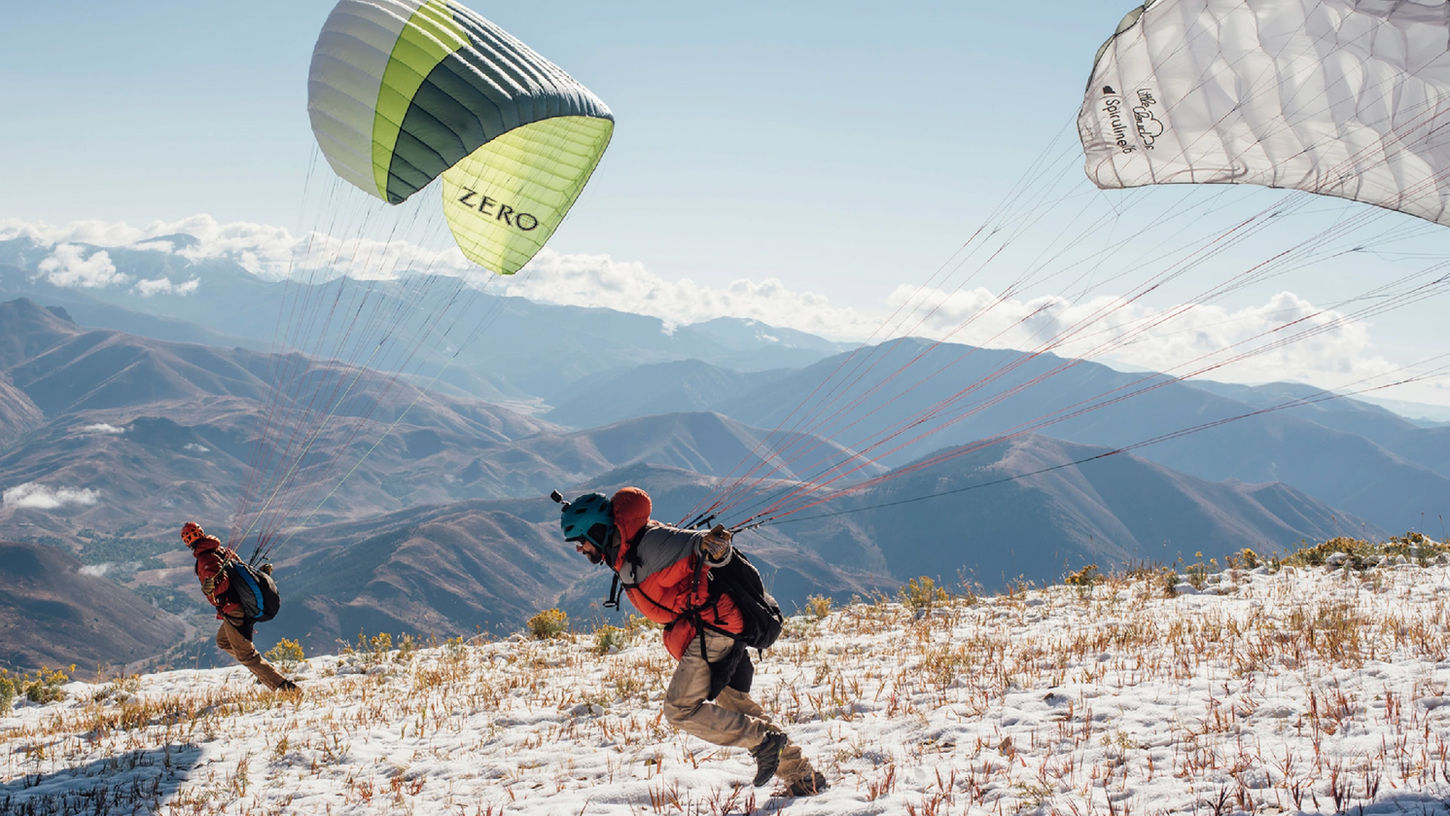



We started with a simple call-to-action (STAY SUNNY) that reflected the optimistic spirit of the Valley. But we also needed a voice that, like the locals, felt honest and to the point. Conceptually, we thought of it as a secret society that anyone could be a part of (assuming they were kind and respectful).

Sun Valley, Idaho is one of the most beautiful places on the planet. For years it has existed in relative obscurity.

Strategy:
Two Things led the Board of Directors and the Executive team of the Destination Marketing Organization in redefining the mission of the organization towards lifecycle marketing. We engaged various stakeholders including 5 municipalities, the state of Idaho and key beneficiary businesses including Sun Valley Resort. We defined a new Go-To-Market strategy including designing a campaign that could be used locally for Destination Management but could also flex towards Demand Generation when needs shifted.
But the approach they pioneered—sponsoring the exploits of extreme outdoor athletes—is no longer as own-able or relevant as it once was.
This all changed with the pandemic. Almost overnight, Sun Valley became the place to be. Tourists flooded the valley in droves. And the locals tasked with satisfying the needs of these visitors became, in a word, overwhelmed. The first task was to redefine the mission of the organization from Awareness and Demand Generation to something more sustainable.

Client // Visit Sun Valley
Assignment // Brand Strategy, Board Advisory, Go-To-Market Definition, Campaign Production and Staffing, Measurement Strategy and Metrics
Evolving a Destination Brand from Awareness to 360° Marketing.
Each creative piece was informed by what we call a pain point, i.e., specific time or place where tourists were being insufferable. We wrote lines (or messages) encouraging them to stop. But took care not to castigate them. That just felt mean. Humor, we learned, was the most effective way of connecting with others (whether they're locals or not).
Around town our voice shifted depending on where you were and what offense (if any) was being committed. So, for example, as people entered town, we welcomed them with a wave and a smile. Alternatively, when people were being jerks on the bike trail, we gave them the business.


To date, virtually every piece of communication has been delivered through non-traditional media, i.e., chalked sidewalks, construction site plywood, murals, bumper stickers, viewfinders. The medium truly has been the message.
The money saved from not doing a traditional media buy has freed us up to do more local collabs and to execute all production locally. Every execution supports the local community in some way.









Through ongoing advisory the Two Things team was able to ensure that the strategy and tactics could be refined and adjusted as needs evolved.




Actions and Results:
Two Things team members developed the campaign umbrella ‘Stay Sunny’ as the brand voice which worked equally well locally addressing specific pain points as it did in other markets to drive awareness.
We developed a new roster of executional partners to execute on the creative campaign. Two things defined a CAC/LTV model to benchmark, track and optimize the entirety of the marketing investment and to better report to key stakeholders.






